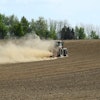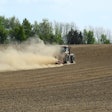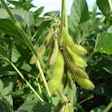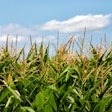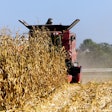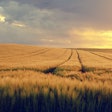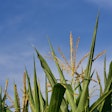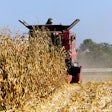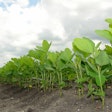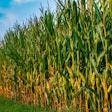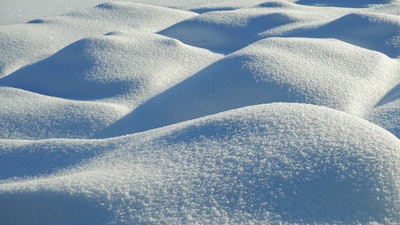
The latest U.S. Drought Monitor report, jointly produced by the National Drought Mitigation Center at the University of Nebraska-Lincoln, the United States Department of Agriculture, and the National Oceanic and Atmospheric Administration, reveals a complex picture for American agriculture, with some regions seeing improvements while others grapple with persistent or worsening drought conditions.
In the West, a series of storms has brought much-needed relief to farmers and ranchers. California's two largest reservoirs, crucial for irrigation in the state's agricultural heartland, are now above their historical averages. Lake Shasta stands at 113% and Lake Oroville at 109% of their typical levels for this time of year. This bodes well for water availability in the upcoming growing season, particularly for the state's diverse and valuable crops.
The improved snowpack in the West is another positive sign for agriculture. The Natural Resources Conservation Service reports above-median snow water equivalent levels in several key watersheds, including 126% in the Pacific Northwest and 110% in the Upper Colorado region. California's statewide snowpack is an impressive 157% of normal for the date, promising a good water supply for spring and summer irrigation.
However, the agricultural outlook is less optimistic in other parts of the country. The Southeast and South are experiencing expanding drought conditions, which could impact winter crops and pastures. In Georgia, the USDA reports that farmers are struggling to find supplemental hay due to low stocks after a dry summer and fall. Similarly, in Texas, 62% of pasture and range conditions are rated poor to very poor, forcing producers to rely heavily on supplemental feed for livestock.
The Northeast continues to face challenges, with short-term precipitation shortfalls leading to the expansion of moderate drought areas in Vermont, New Hampshire, and Maine. This could potentially affect the region's diverse agricultural operations, from dairy farms to apple orchards.
In the Midwest, recent snowfall has helped ease drought conditions in Michigan, Wisconsin, and Ohio. However, the impact on agriculture remains to be seen, as the snow cover's benefit will depend on how it melts and is absorbed into the soil come spring.
Looking ahead, the Climate Prediction Center's 6-10 day outlook suggests potential relief for some drought-stricken areas, with above-normal precipitation expected across the eastern third of the contiguous U.S. and parts of the Midwest. However, below-normal precipitation is forecasted for much of the West, which could pose challenges for farmers and ranchers in those regions if the trend continues.

